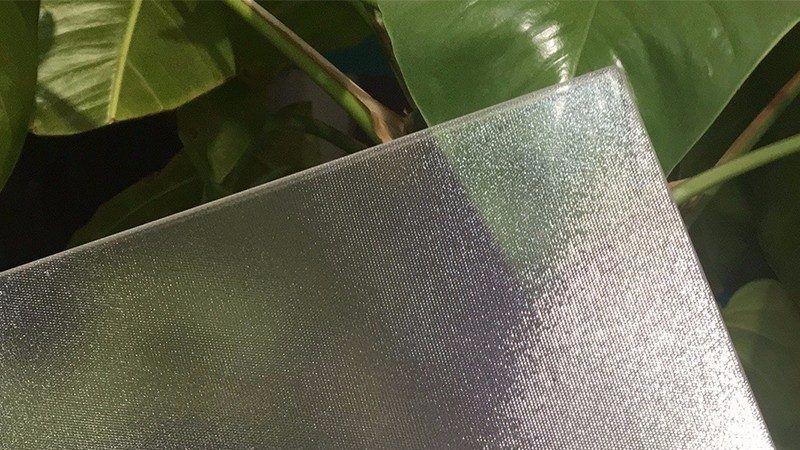China’s dominance of the global solar PV glass market is set to diminish in the coming years. Zheng Tianhong, an analyst at Shanghai Metals Market (SMM), indicates that export restrictions and the growth of overseas production will reduce China’s market share from 93% in 2023 to 90% by 2025.

By 2025, global PV glass production capacity is expected to reach 167,800 tons per day, with a compound annual growth rate (CAGR) of 23.23%. As of 2023, the production capacity stands at 110,500 tons per day, dominated by China due to its competitive advantages in energy costs, raw materials, and labor. The concentration of downstream module production in China further supports this dominance.
However, increasing international restrictions on Chinese products are pushing Chinese glass companies to expand abroad. This trend is anticipated to boost overseas production capacity, reducing China’s global market share to 90% by 2025.
Overseas PV glass production has been rapidly increasing, driven by abundant resources and favorable policies. Key production hubs include Vietnam, Malaysia, and India, where raw materials are affordable and accessible. Proximity to downstream module manufacturers also facilitates this growth.
Future capacity expansions are expected in regions with significant module manufacturing, as well as in rapidly developing PV markets in Europe and North America. New production facilities are also planned for Canada and the Middle East.
China PV Glass Price Trends and Forecast
In 2024, PV glass prices in China are expected to follow a flattened M-shaped curve. Price peaks are anticipated at the end of Q2 and Q4, driven by heightened demand for module installations.
From June to August 2024, prices are projected to decline. In June, weakened demand for modules and rising glass inventory levels are expected to lead to price drops. Although some glass companies have offered discounts to reduce inventory, the overall price trend will likely be downward.
In July, prices are expected to fall further as module demand remains low, while new glass production lines increase supply. The intense pressure from module manufacturers to lower prices will also contribute to this decline. August is expected to see prices reach their lowest point of the year.
From September to December 2024, prices are likely to rise due to strong year-end demand for installations. By November, module manufacturers will have mostly replenished their inventories. However, as new production capacities come online, supply pressure will increase, heightening the risk of price drops. Overall, the trend will show an initial rise followed by a subsequent fall.


